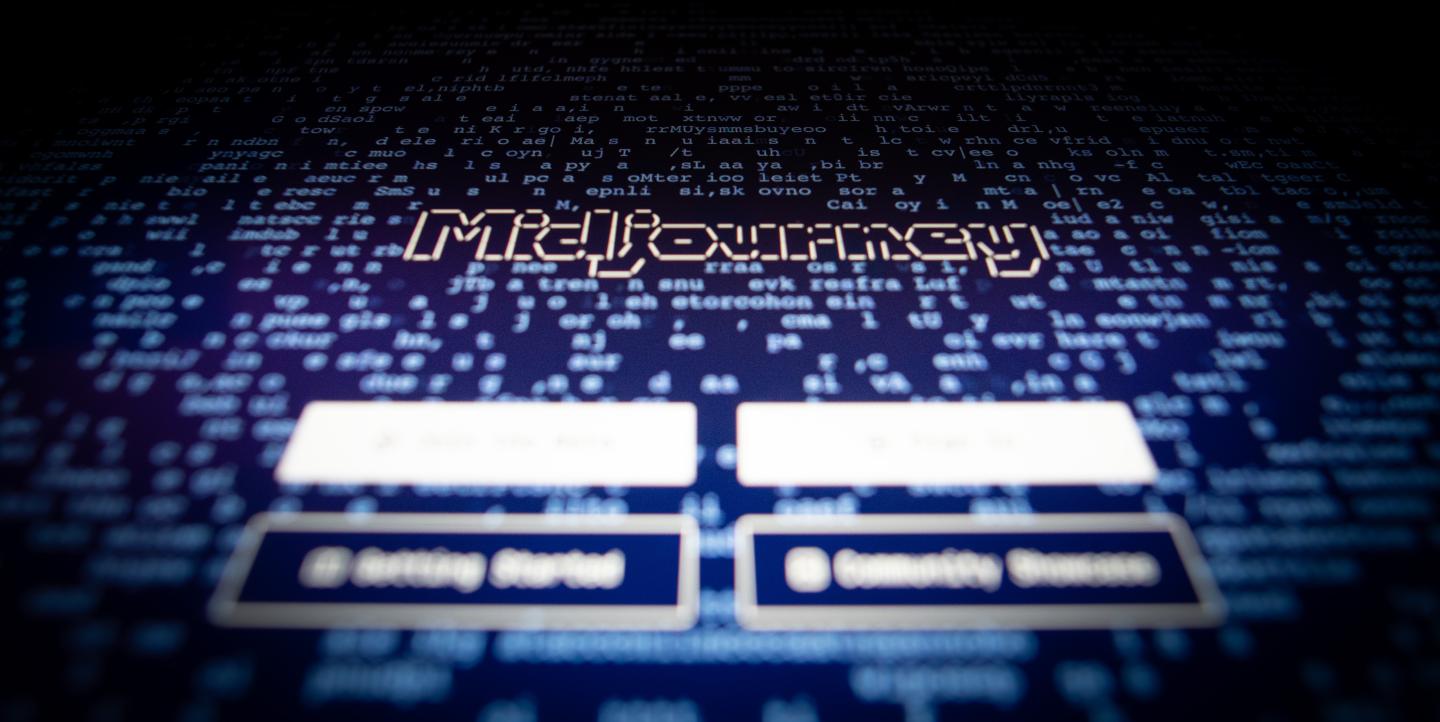Artificial intelligence (AI)-generated images have sparked controversy in recent years, and the decision of Midjourney, a popular AI tool, to discontinue its free trials has prompted discussions among journalists about who gets to control AI use.
"Due to a combination of extraordinary demand and trial abuse, we are temporarily disabling free trials until we have our next improvements to the system deployed,” said David Holz, Midjourney’s founder, in March.
Although Holz was not specific about what abuse had prompted the decision, he announced the change a few days after a series of false images, including one of former U.S. President Donald Trump being arrested and another of Pope Francis wearing a fashionable jacket, went viral online.
The decision to cancel free access to Midjourney highlights how AI-generated images have contributed to the spread of mis- and disinformation online, and the challenges journalists face with new AI technologies. Here’s what journalists should know:
Journalists’ use of AI generating tools
Journalists use AI-generated images to create illustrations and visualizations that can enhance their stories and engage their audiences. For example, a journalist can use Midjourney to create an image of a character based on a description from a book review, or to generate a landscape of a hypothetical scenario (such as an extrasolar planet) based on a scientific report.
“For the most part, uses of AI generated images for journalism that I’ve seen are more of a value add, used in cases where images are nice to have and would be expensive to create, but are not a required core piece of the work,” said Brandon Roberts, a U.S.-based independent data journalist.
However, while journalists largely use AI-generated images responsibly, other uses have been more controversial. For example, Eliot Higgins, founder of Bellingcat, a collective of investigative journalists, used Midjourney to create images of politicians to tell hypothetical but fictional stories.
On March 20, Higgins tweeted a series of pictures he made using Midjourney. The pictures depicted Trump resisting arrest with this caption: “Making pictures of Trump getting arrested while waiting for Trump’s arrest.” Four days earlier, he had also tweeted a picture of Vladimir Putin, Russia’s president, being charged in court. The images quickly went viral, and despite stating his pictures were fictional and AI-generated, Midjourney responded by locking Higgins out of the platform’s Discord server.
“The Trump arrest image was really just casually showing both how good and bad Midjourney was at rendering real scenes,” said Higgins in an email to the Associated Press.
Impacts of AI image generators on journalism
Midjourney’s decision to discontinue its free trial is the latest in the debate about how to ethically use AI in journalism, which have accelerated with the popularization of another AI tool, Chat GPT. While some journalists see Midjourney as a useful tool, others see a potential threat, arguing that Midjourney and other AI image generators like DALL-E complicate the ability for fact-checkers to verify the authenticity and accuracy of images.
This is especially relevant as visual content resonates more with audiences, wrote Marilín Gonzalo, a technology columnist at Newtral, a Spanish fact-checking organization, in response to the false images of Pope Francis and Trump. “You can talk to a person for an hour and give him 20 arguments for one thing, but if you show him an image that makes sense to him, it is going to be very difficult to convince him that’s not true,” said Gonzalo.
However, although human eyes can easily be fooled, AI-generated images can be detected through tools, argued Gonzalo.
“If [technology] is used to create them, it can also be used to detect them,” she wrote.
Challenges to fact-checking with the emergence of new technologies are not new, said Felix Simon, a journalist and researcher at the Reuters Institute for the Study of Journalism. “The relationship between image and truth has always been unstable,” he said. “One could say that what we see with generative AI is just a continuation of that. Many people will get used to it.”
Effects of the paywall
Considering that Midjourney’s paid version is still available, Charlie Backett, a professor and AI journalism expert at the London School of Economics and Political Science, believes the decision to discontinue the free trial won’t have as large of an impact as some journalists believe.
“I don't think that [Midjourney’s decision] will have much impact on responsible journalists who want to experiment. It may make it too expensive for some people but if a product is free, then you are the product, as they say," said Beckett.
However, with the decision to end the free trial, questions remain as to the usefulness of Midjourney for journalists in the future. When compared with other AI-generated image tools like OpenAI’s DALL–E, whose policies bar users from creating certain violent images or images of real political figures, experts consider Midjourney more permissive. But the decision to discontinue Midjourney’s free version proves that all is changing.
In an interview with The Verge, Holz said Midjourney has already banned some words “related to topics in different countries based on complaints from users in those countries.” Because of the false images of Trump, the term “arrested” has been added to the list of restricted words that can no longer be used to generate content on the platform.
Kunle Adebajo, an investigations editor at HumanAngle, believes it is better that tools like Midjourney, with their potential to spread misinformation, are not free for everyone. “You should have to pay to use them because then you will be more careful knowing that you are spending your money, and you will be more careful with the thing you use it for,” he said.
“But of course, people who are deliberate about spreading misinformation would not mind also spending some money to access this service. So Midjourney still has to put in place certain frameworks to ensure that they bring that possibility to the barest minimum.”
Photo by Jonathan Kemper on Unsplash.


